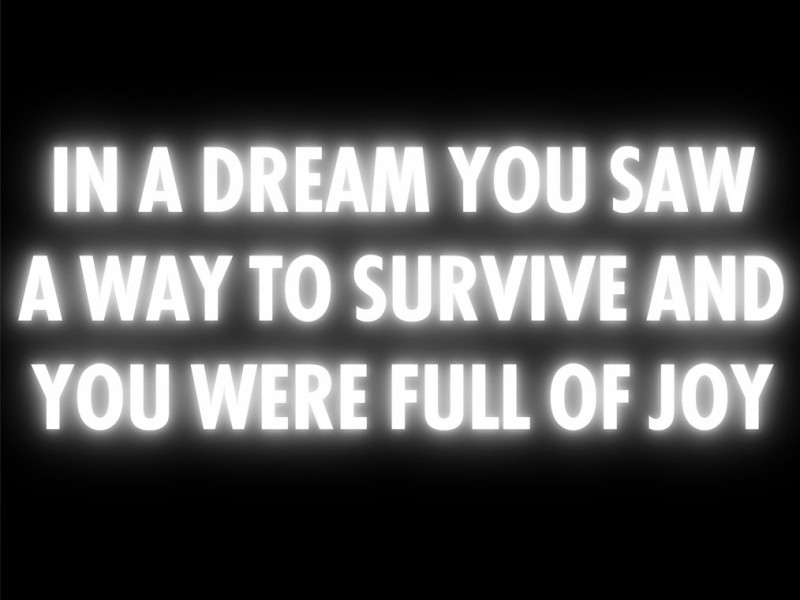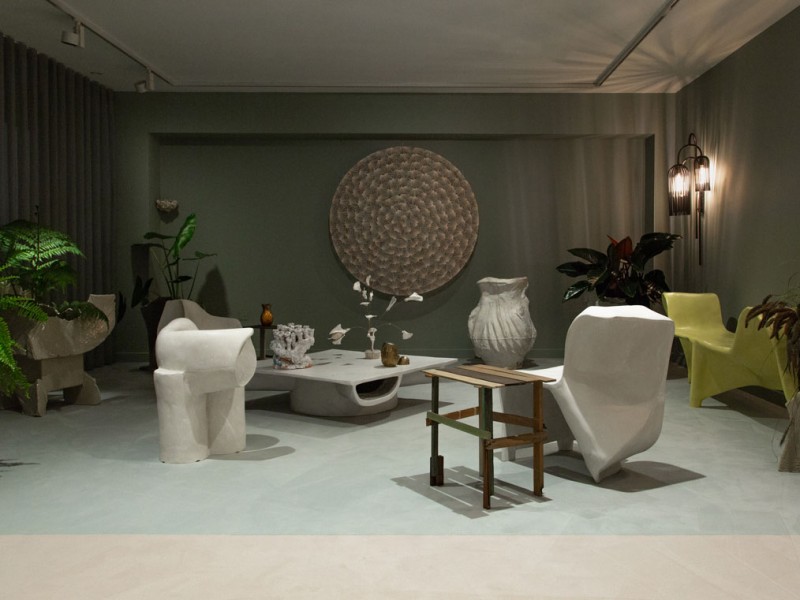Gagosian is pleased to announce the first-ever exhibition in Hong Kong dedicated to work by contemporary Indigenous Australian artists. It is the third in a series of critically acclaimed exhibitions presented by the gallery, following New York and Los Angeles in 2019. Desert Painters of Australia: Two Generations is organized in collaboration with D’Lan Davidson, a leading Melbourne-based consultant in the Indigenous Australian art market.
Indigenous Australians constitute the longest surviving civilization in human history for more than 60,000 years. While affinities may be perceived between remote Indigenous Australian art and other modern art forms, the individual practices that are developed in relative isolation stem from the oldest continuous art traditions in the world. This exhibition is designed to introduce the local audience for the first time to rare works by some of Australia’s most renowned Indigenous artists from remote regions of the continent.
The intergenerational selection includes the late Emily Kame Kngwarreye, Makinti Napanangka, and Bill “Whiskey” Tjapaltjarri, and living artists such as Yukultji Napangati, George Tjungurrayi, and Warlimpirrnga Tjapaltjarri. After the forced displacement of the Pintupi, Luritja, Warlpiri, and Arrernte people to the Papunya Tula settlement in the Northern Territory from the 1950s, tribal members began collaborating on site-specific paintings.
Deriving from ancient rituals of body decoration, sand drawing, tree bark carving, and ceremonial dance, these collective expressions eventually evolved into autonomous works on canvas by individual artists. To protect the rituals of their culture from disruptive forces, the artists veiled their sacred iconography and knowledge in dynamic abstract patterns, decipherable only by initiates. Their intense focus and rhythmic mark making produced compelling works of great optical complexity—pointillist constellations, free-flowing linear formations, concentric swells, topological geometric fields, and hypnotic ripples—representing the Dreaming, or worldview that provides Indigenous Australians with an ordered sense of reality, a framework for understanding and interpreting the world and the place of humans in that world. This priceless knowledge of human life includes survival strategies, ancestral histories, myths of the earth, and the cosmos.
Emily Kame Kngwarreye, affectionately known as “Emily,” was a revered elder of the Central Utopia community and one of the most celebrated artists in Australian history. Throughout the brief ten-year span before her death, she painted freely and prolifically, moving confidently through an astonishing range of style and expression. Anooralya—My Story (1991) is a key example of Emily’s early “fish-eye” pointillist technique, where she engaged her entire body in making countless individual marks on canvas. In this painting, rarely seen in the last thirty years, these delicate dots coalesce into grainy pools and sinuous streams, recalling at once the macrocosmic systems of the galaxy and the microcosmic root structures of the wild yam, a symbol of fertility and Emily’s Dreaming. When asked to describe her inspirations, Emily’s response was consistent: “It’s everything.” In other words, each painting represents her entire culture, encapsulating her intimate relationship with “Country,” the physical land and the spirits that inhabit it, as well as the people and their traditions.
Makinti Napanangka’s paintings commemorate Pintupi women’s performative and ritual traditions. The flowing stripes of paint in amber and violet recall the nyimparra (hand-spun string skirts made from human hair) and the rich natural ochres with which the women adorn their bodies during tribal dance ceremonies. Makinti’s pulsating compositions draw from Pintupi epics, especially the travels of Kungka Kutjarra (women ancestors) who created the rocks at Lupulnga. In the featured works, expressive lines of color evoke the energetic movements of the hair-string skirt dances and the fleeting desert mirages that glaze the hot earth where they are performed.
For generations, the land and the many stories it contains have inspired the creativity of the Desert Painters as seen in the dizzying labyrinths and energetic fields by George Tjungurrayi and Warlimpirringa Tjapaltjarri. Transmuting into paint on canvas the customary mark-making techniques with which they decorated their tools and their bodies with ceremonial designs, these Pintupi men trace sinuous lines into charged and tensile optical compositions. While Tjungurrayi’s paintings are generally flame-colored to evoke sun and earth, Tjapaltjarri uses restrained gray pigments to evoke the sensations of cool desert nights from Tingari epics. Many of Tjapaltjarri’s paintings evoke Wilkinkarra (Lake Mackay), a vast saltwater flat visited after dark by ancestral women to perform sacred celestial rituals.
Yukultji Napangati, sister to Warlimpirringa, was also born near Wilkinkarra at a water hole called Murruwa. In her highly refined paintings, she layers thousands of tone-on-tone vertical strokes to generate oscillating fields of dark and light sensation that recall the shimmering grasslands, the fractal patterns of sand dunes, and the textures of animal pelts from her Country.
Bill “Whiskey” Tjapaltjarri, a Pitjantjatjara artist from the Central Desert, used a unique cartographic approach to paint works of sweeping scale that are reminiscent of drawings his elders once made with crayon on butcher’s paper to map the vast lands of their Country for white anthropological interlocutors. Two of Whiskey’s largest paintings, both titled Country and Rockholes near the Olgas (2006) depict the areas around Uluru (Ayers Rock) and Mount Olga. The subtle palette of these works, which ranges from deep aqueous blues to vivid corals, and their complex contouring, reimagine the striking hues and topography of the geological phenomena that surrounded Whiskey throughout his life.
For more visit: gagosian.com
Related Features
-
632
-
-
-

